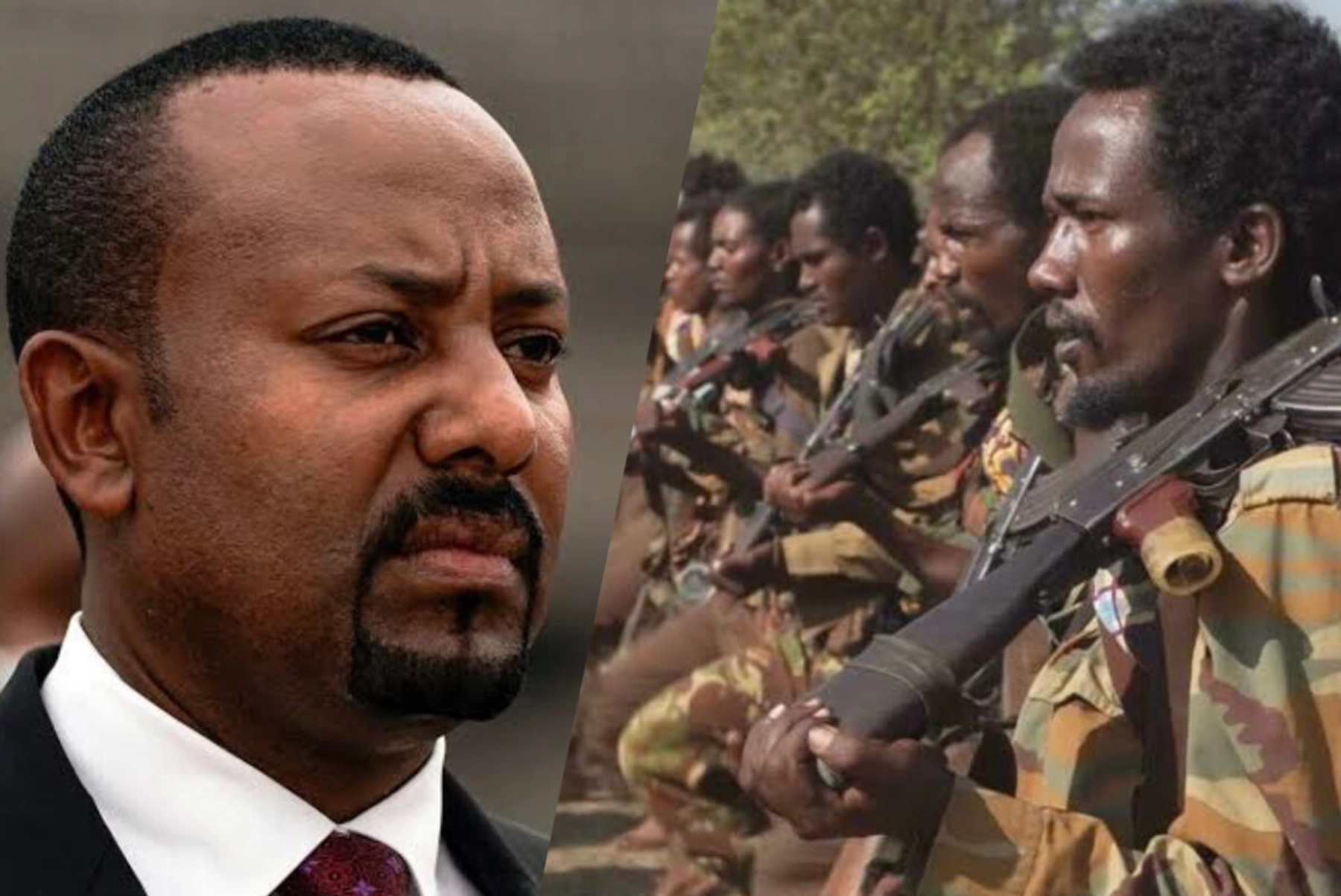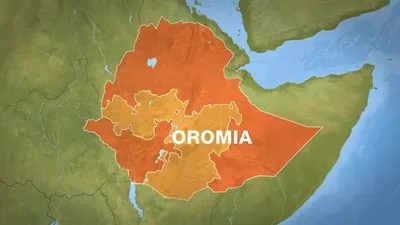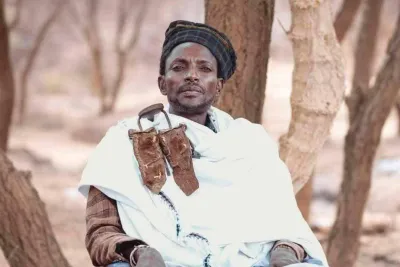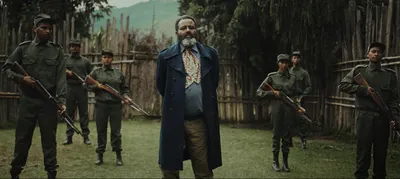Critics accuse Ethiopia’s ruling party of fueling ethnic conflict in western Oromia

Abiy Ahmed-Oromo Liberation Army
On Aug. 26, 2025, Africa Intelligence, a Paris-based media outlet, reported that the Oromo Liberation Army (OLA) and Fano militants have “stopped fighting on the ground” following a meeting held in the United States.
However, the OLA and at least two Fano factions rejected any claims of an agreement.
Jirenya Gudata, OLA spokesperson, said the group never held talks, “neither now nor in the past” with Fano. Reports of a meeting between the OLA and Fano at the Oromia-Amhara border are “fake news,” Jirenya added.
Spokesmen from at least two Fano factions similarly denied any agreement with the OLA.
Geta Asrada, head of political affairs for the Amhara People’s Fano Organization, said, “We haven’t held negotiations or reached any agreement with the OLA.”
Yohanis Nigusu, representative of the Amhara Fano National Force, a faction that reportedly operates in Wallagga, similarly said that his group hasn’t held any talks with the OLA.
The OLA accused Fano militants, specifically a group known as “Wallagga Fano,” of carrying out attacks on civilians in East Wallagga. The OLA said the federal government formed this group and until recently used it as part of a broader counterinsurgency campaign against them.
The OLA accuses the federal government of attempting to trigger ethnic conflict between the Oromo and Amhara, Ethiopia’s two largest ethnic groups.
On Aug. 7, the BBC reported Fano militants killed four farmers in Homa Galesa village, a rural area called Falmi, in Abe Dongoro district of Horo Guduru Wallagga zone.
A resident told the BBC that Fano fighters have been harassing the community for months, often targeting people walking in the streets or traveling to markets. Just a week earlier, the militants kidnapped three civilians in an area known as Karaa Durban. “They released them only after we paid ransom,” the resident said.
“They steal 20, 40, even 60 cows at once,” another resident said. “They chased farmers from their fields while they were guarding their crops. People are starving. They’ve stripped the community bare.”
Katama Waquma, the governor of Abe Dongoro district, said Fano aims to displace the local Oromo population.
Following reports of Fano’s latest attack in Wallagga, OFC’s Jawar Mohammed published a lengthy analysis on Facebook, and threw the blame at the feet of the federal government.
Jawar said it was the federal government that armed ethnic Amharas in Wallagga in 2020 to address the security vacuum that emerged following the outbreak of the war in Tigray.

According to Jawar, the federal government first deliberately targeted the minority Amhara community in Wallagga to mobilize the broader Amhara population for the war in Tigray and, locally, to assign them the task of fighting the OLA in the absence of government security forces.
On May 21, 2023, The Washington Post published an investigative report identifying Fekede Abidissa, a former OLA combatant pardoned in 2018, as a key figure in fueling deadly ethnic violence in Western Oromia, allegedly acting on behalf of the federal government.
Residents told The Post that Fekede’s forces often targeted ethnic Amhara civilians in Oromo towns, then quickly withdrew before a retaliatory attack by Amhara started. In one instance, after Fekede’s men killed several Amhara civilians, Fano raided the area and killed more than 100 Oromo residents. The residents also said that while Fekede’s forces routinely disarm the local Oromo population, they rarely engage with government security forces.
Jawar claims the young Amhara men who were recruited from parts of Wallagga were trained at Bir Sheleko, an ENDF military camp about 230 kilometers northwest of Addis Ababa. Armed with heavy weaponry, they were then sent back to Wallagga to “protect their community from the OLA.”
Jawar adds the resulting counterinsurgency force, composed of ethnic Amhara men, had routinely been coordinating with the Federal Police and Oromia Police against the OLA. Over time, the group expanded its activities to attacking Oromo civilians, committing acts of gruesome violence including mutilation and beheadings.
Jawar also said at the height of the conflict, efforts by the Oromia police to disarm Fano fighters were blocked by the federal government, leading to the death of several Oromia police commanders who refused the government’s order not to engage Fano forces.
“It’s not a new strategy,” Jawar said. The ruling part is “playing from the TPLF’s playbook. The TPLF, too, had tried to instigate violence between the Oromo and neighboring communities to extend its rule.”
We need your support
We trust you found something of value in this article. If so, we kindly ask you to consider helping Curate Oromia continue its work.
If you believe in the importance of independent voices and honest reporting, we invite you to support our efforts through our GoFundMe campaign.
Every contribution, however small, goes directly to our writers and the expansion of our reach.
Thank you for your support.



